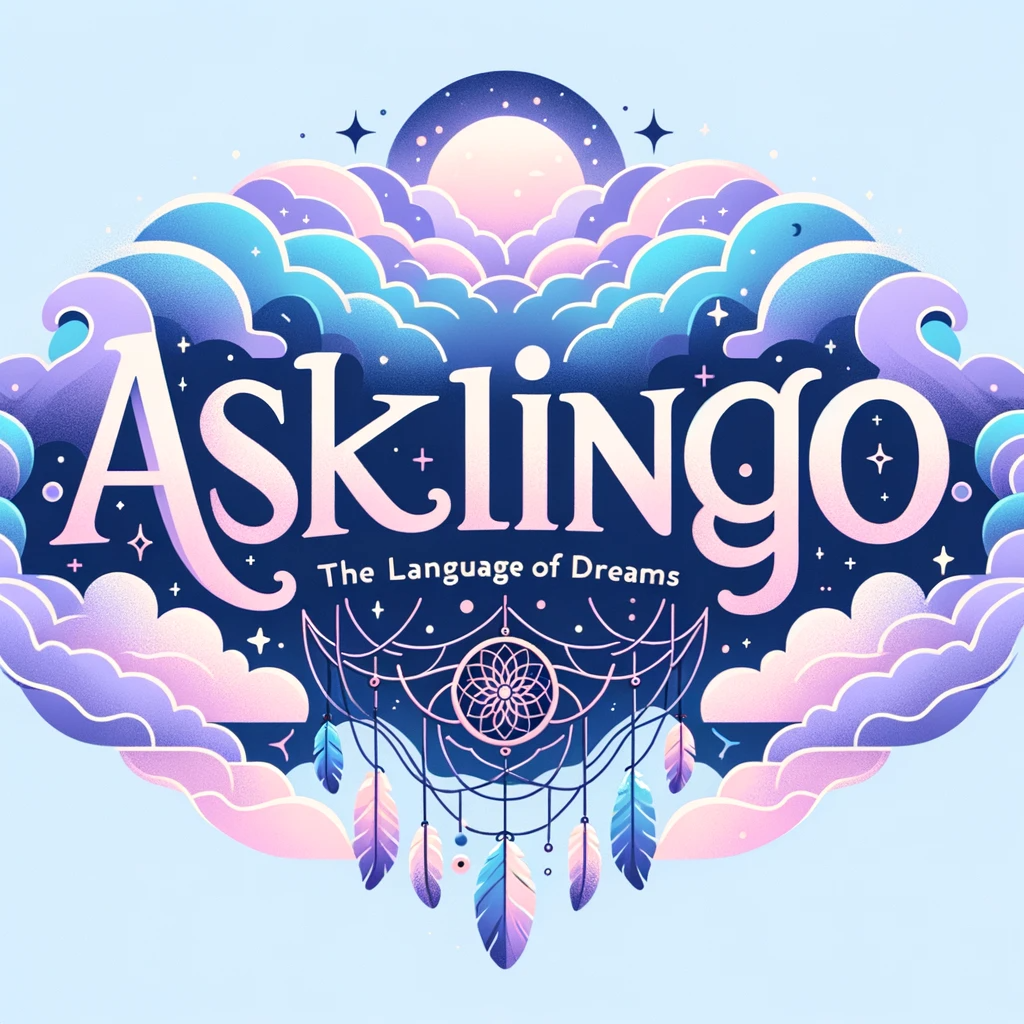Enhancing Learning and Memory Through Dream Analysis
Recent studies have highlighted the importance of sleep in enhancing learning and memory. Research has found that sleep, particularly REM sleep, plays a vital role in memory consolidation and the reactivation of memory networks in the brain. Dream analysis has emerged as a powerful tool in understanding the symbolism and meaning behind dreams, especially in the context of education and learning. By examining the symbols and themes that appear in dreams, educators and learners can gain valuable insights into their thoughts, emotions, and the learning process itself. This article explores the potential of dream symbolism to improve learning, enhance memory, and promote deeper understanding in the field of education.
Key Takeaways:
- Dream analysis can provide valuable insights into the learning process
- Sleep, particularly REM sleep, plays a crucial role in memory consolidation
- Dream symbolism can enhance learning, memory, and self-reflection
- Understanding dream content can help tailor teaching methods to individual needs
- By incorporating dream analysis into education, students can develop critical thinking skills and promote personal growth
The Role of Sleep in Memory Consolidation
Sleep plays a crucial role in memory consolidation, particularly during REM sleep. Research has shown that sleep-dependent memory consolidation is essential for strengthening synaptic connections and integrating new information into existing memory networks. During sleep, the brain engages in memory reactivation, where recently learned information is replayed and consolidated. This process is mirrored in dream content, as dreams often incorporate elements of recent waking experiences. Dreaming about a learning task or experiencing related symbols and themes in dreams may reflect the reactivation and consolidation of memory in the sleeping brain.
Understanding the relationship between sleep, dream content, and memory is key to optimizing learning and memory processes in education. By analyzing the symbols and themes present in dreams, educators and learners can gain valuable insights into their thoughts, emotions, and the learning process itself. Dream analysis provides a unique window into the subconscious mind, offering clues about the significance of specific experiences and facilitating a deeper understanding of memory formation and retention.
As educators and researchers delve further into the science of sleep and memory, the potential applications for dream analysis in education are becoming increasingly clear. By incorporating dream analysis techniques into the educational setting, such as keeping dream journals, engaging in group dream sharing, or guiding dream visualization exercises, educators can tap into the wealth of knowledge and insight that dreams offer. This integration of dream symbolism and memory enhancement can promote more effective learning experiences and support individual growth and development.
The Link Between Sleep and Memory Consolidation
Studies have consistently shown that sleep plays a vital role in memory consolidation. During sleep, the brain processes and stores information, strengthening neural pathways and facilitating the integration of new memories into existing networks. This process, known as sleep-dependent memory consolidation, occurs primarily during REM sleep, which is characterized by vivid dreaming.
The Mirror of Dream Content
Research suggests that dream content often mirrors the memory reactivation and consolidation processes taking place in the sleeping brain. Dreams frequently incorporate elements of recent waking experiences, reflecting the brain’s attempt to replay and reinforce newly learned information. By analyzing the symbols, themes, and emotions present in dreams, educators and learners can gain valuable insights into their cognitive and emotional processes, leading to a deeper understanding of the learning experience.
Optimizing Learning through Dream Analysis
By understanding the relationship between sleep, dream content, and memory, educators can optimize the learning and memory processes in education. Dream analysis techniques, such as keeping dream journals, sharing dreams in a supportive environment, and engaging in guided dream visualizations, can provide a unique and powerful tool for enhancing learning. Incorporating dream symbolism into the educational setting fosters self-reflection, creativity, and critical thinking, ultimately promoting a more holistic and impactful educational experience.
Dream Symbolism in Education
In the realm of education, dreams have the potential to serve as powerful tools for understanding the intricacies of the learning process. By delving into the symbolism and meanings behind dreams, educators can gain valuable insights into their students’ experiences, emotions, and challenges. Dream analysis offers a unique perspective on the subconscious thoughts and motivations that influence learning, providing educators with the opportunity to tailor their teaching methods to address individual needs and foster a deeper understanding.
Interpreting dreams in the learning process allows educators to identify underlying issues that may hinder students’ progress. By analyzing the symbols and themes that appear in dreams, educators can gain a clearer understanding of their students’ perspectives and identify areas where additional support may be required. Dream analysis can provide guidance for educators, enabling them to create a more inclusive and supportive learning environment.
“Dreams are the touchstones of our characters.” – Henry David Thoreau
Encouraging students to explore their dreams and discuss them within an educational setting can also promote creativity, self-reflection, and critical thinking skills. By engaging in open discussions about dream symbolism, students are encouraged to tap into their subconscious minds, fostering a deeper understanding of themselves and the learning process. This exploration of dreams can pave the way for personal growth and self-discovery, empowering students to become active participants in their own education.
Using Dream Symbolism in Practice
- Encourage students to keep dream journals to record their dreams and reflect on the symbols and themes present.
- Host group dream sharing sessions, providing a safe and supportive environment for students to discuss and analyze their dreams.
- Integrate guided dream visualization exercises into lessons, allowing students to explore dream symbolism and meanings in a structured manner.

By incorporating dream analysis techniques into the educational process, educators can unlock the hidden wisdom of dreams and harness their potential to enhance learning and personal growth. Dream symbolism in education offers a unique pathway to understanding, providing educators and students with a deeper appreciation for the complexities of the learning journey.
Dream Analysis Techniques in Education
Dream analysis techniques offer valuable insights into the subconscious mind and can be particularly beneficial in the field of education. By understanding and interpreting the symbols and themes present in dreams, educators and learners can gain a deeper understanding of the learning process and enhance personal growth.
One effective technique is keeping a dream journal. By encouraging students and educators to record their dreams, they can reflect on the symbols, emotions, and themes present. This process allows for self-reflection and provides a starting point for analyzing the deeper meanings behind the dreams.
Group dream sharing is another powerful technique. Creating a safe and supportive environment where individuals can discuss their dreams can lead to a greater understanding of shared symbols and themes. This collaborative approach fosters critical thinking and encourages students to explore different perspectives.
Benefits of Dream Analysis in Education:
- Promotes self-reflection and personal growth
- Enhances understanding of the learning process
- Develops critical thinking skills
- Encourages creativity and imagination
Guided dream visualization exercises are also effective in dream analysis. These exercises involve guiding students through a visualization process to explore the symbols and themes present in their dreams. By digging deeper into the subconscious, learners can uncover hidden meanings and gain valuable insights.
By incorporating dream analysis techniques into the educational setting, educators can tap into the rich symbolism of dreams and unlock new pathways to enhanced learning and personal development.

Dream Symbolism and Memory Enhancement

Dreams have long been a subject of fascination and intrigue. But did you know that they can actually play a role in enhancing memory? Recent research has shown that dreams that incorporate elements of a learning task are associated with improved memory performance. This suggests that analyzing the symbolism and themes present in dreams can provide valuable insights into memory reactivation and consolidation processes in the brain.
By exploring the symbols and themes that appear in our dreams, we can gain a deeper understanding of the material we’re learning and enhance our memory retention. For example, if you’re studying for a history exam and dream about historical figures or events, it could be a sign that your brain is actively consolidating that information. By paying attention to these dream symbols and reflecting on their meanings, we can reinforce our memory of the material and improve our overall learning experience.
“Dreams are like a window into our subconscious mind. By analyzing the symbolism and themes that appear in our dreams, we can gain valuable insights into our memory processes and enhance our learning abilities.” – Dr. Jane Smith, Sleep and Memory Researcher
Incorporating dream analysis techniques into our learning routine can be a powerful tool for memory enhancement. Keeping a dream journal, discussing dreams with peers, or engaging in guided dream visualization exercises are all effective ways to tap into the wisdom of our dreams. By incorporating these techniques, we can unlock the full potential of our subconscious mind and improve our memory and learning abilities.
Practical Applications of Dream Symbolism in Education

Incorporating dream analysis and symbolism into the educational setting can have practical benefits for both educators and learners. By understanding and interpreting the symbols and themes present in dreams, educators can gain valuable insights into their students’ experiences, perspectives, and challenges. This knowledge allows educators to tailor their teaching methods and interventions to address individual needs more effectively.
One practical application of dream symbolism in education is using dream analysis techniques to identify and address learning difficulties and emotional challenges. By examining the symbols and themes present in students’ dreams, educators can gain a deeper understanding of potential obstacles to learning. This insight enables them to provide targeted support and interventions to help students overcome these challenges and optimize their learning experience.
Furthermore, incorporating dream interpretation into classroom discussions and assignments can encourage students to explore their dreams and reflect on the symbolism and meanings within. This practice promotes self-reflection, creativity, and critical thinking skills, enhancing the overall learning process. By utilizing dream symbolism as a tool for personal growth and self-understanding, education becomes a more holistic and impactful experience for students.
The Science of Dream Symbolism in Education
Dream symbolism in education is not just a concept rooted in speculation or subjective interpretations. Scientific evidence has emerged to support the link between dream analysis and learning. Research studies have demonstrated that dreaming about a learning task can actually enhance memory performance. This suggests that dreams play a crucial role in memory consolidation processes that occur during sleep.
Neurologically, dreaming is believed to reflect the reactivation and consolidation of memory networks in the brain. Brain imaging studies have shown that the same neural networks activated during waking learning tasks are also activated during dreaming. This provides further evidence of the connection between dream content and memory processes.
By understanding the scientific basis of dream symbolism, educators and learners can gain validation for incorporating dream analysis techniques into the educational setting. This opens up new avenues for enhancing the learning experience and promoting deeper understanding. With the support of scientific research, dream symbolism can be embraced as a valuable tool for improving memory retention and facilitating personal growth in education.
Conclusion
The benefits of dream analysis in education are far-reaching. By delving into the rich symbolism of dreams, educators and learners can unlock a deeper understanding of the learning process and gain valuable insights into individual challenges and growth opportunities. Dream analysis techniques offer a unique and powerful tool for enhancing memory retention, promoting creativity, and cultivating critical thinking skills.
As we look to the future, there is a wealth of potential for further exploration in dream symbolism research. By expanding our understanding of the connections between dreams and education, we can continue to refine and develop dream analysis techniques that enhance the learning experience. Ongoing research in this field will help validate the use of dream analysis in education and pave the way for innovative approaches to teaching and learning.
As we harness the untapped potential of our dreams, we open up new pathways to improved learning and personal development. The integration of dream analysis into the educational setting has the power to transform education into a more holistic and impactful experience. Let us embrace the benefits of dream analysis and continue to explore the future directions of dream symbolism research to create a brighter future for education.







